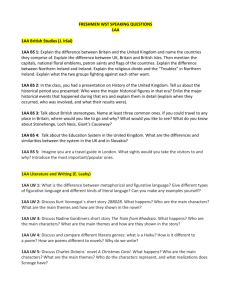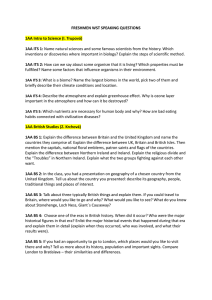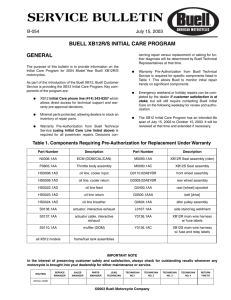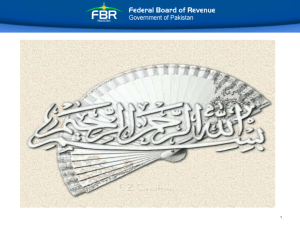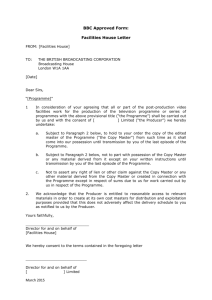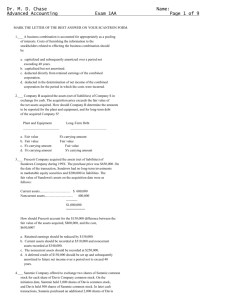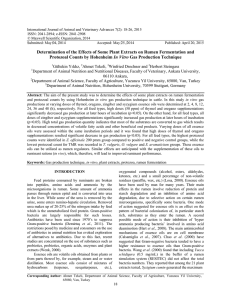1AA Literature and Writing
advertisement
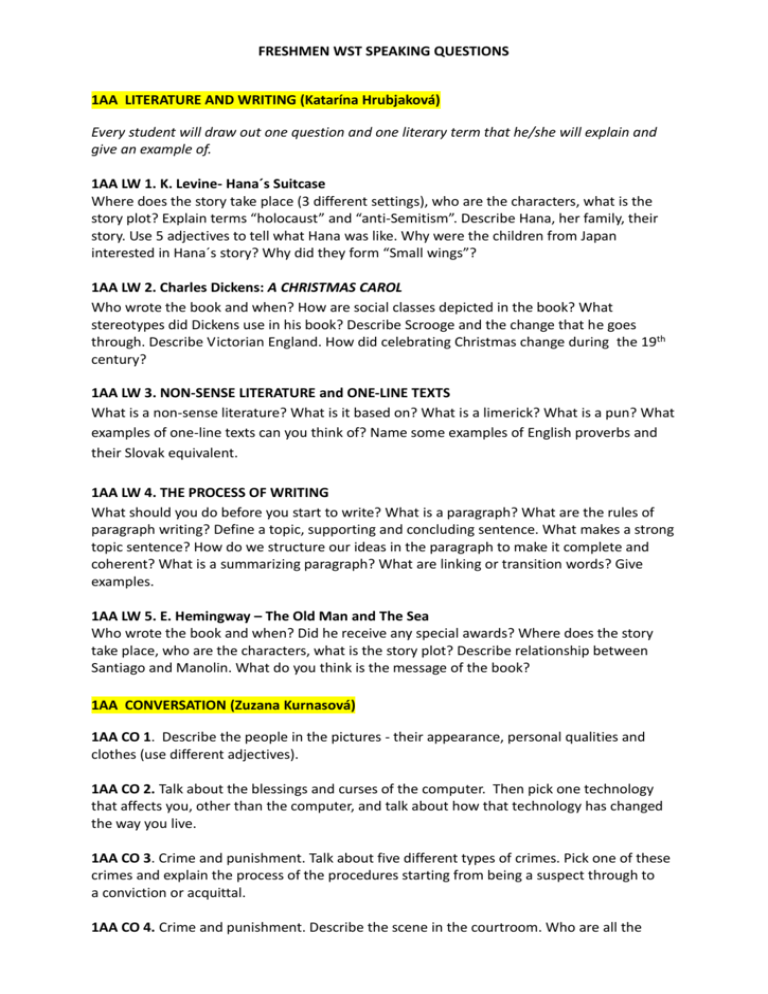
FRESHMEN WST SPEAKING QUESTIONS 1AA LITERATURE AND WRITING (Katarína Hrubjaková) Every student will draw out one question and one literary term that he/she will explain and give an example of. 1AA LW 1. K. Levine- Hana´s Suitcase Where does the story take place (3 different settings), who are the characters, what is the story plot? Explain terms “holocaust” and “anti-Semitism”. Describe Hana, her family, their story. Use 5 adjectives to tell what Hana was like. Why were the children from Japan interested in Hana´s story? Why did they form “Small wings”? 1AA LW 2. Charles Dickens: A CHRISTMAS CAROL Who wrote the book and when? How are social classes depicted in the book? What stereotypes did Dickens use in his book? Describe Scrooge and the change that he goes through. Describe Victorian England. How did celebrating Christmas change during the 19th century? 1AA LW 3. NON-SENSE LITERATURE and ONE-LINE TEXTS What is a non-sense literature? What is it based on? What is a limerick? What is a pun? What examples of one-line texts can you think of? Name some examples of English proverbs and their Slovak equivalent. 1AA LW 4. THE PROCESS OF WRITING What should you do before you start to write? What is a paragraph? What are the rules of paragraph writing? Define a topic, supporting and concluding sentence. What makes a strong topic sentence? How do we structure our ideas in the paragraph to make it complete and coherent? What is a summarizing paragraph? What are linking or transition words? Give examples. 1AA LW 5. E. Hemingway – The Old Man and The Sea Who wrote the book and when? Did he receive any special awards? Where does the story take place, who are the characters, what is the story plot? Describe relationship between Santiago and Manolin. What do you think is the message of the book? 1AA CONVERSATION (Zuzana Kurnasová) 1AA CO 1. Describe the people in the pictures - their appearance, personal qualities and clothes (use different adjectives). 1AA CO 2. Talk about the blessings and curses of the computer. Then pick one technology that affects you, other than the computer, and talk about how that technology has changed the way you live. 1AA CO 3. Crime and punishment. Talk about five different types of crimes. Pick one of these crimes and explain the process of the procedures starting from being a suspect through to a conviction or acquittal. 1AA CO 4. Crime and punishment. Describe the scene in the courtroom. Who are all the people? What are their roles? Make up a story about why they are there and what you think is going to happen. 1AA CO 5. Ask for permission to do something. Give reasons why you think you should be allowed to do this. Offer something in return. Use modal verbs. 1AA AMERICAN STUDIES (Gina Hochreiter) 1AA AS 1: What are the six geographic regions of the United States? Choose one and describe it. Give details about a particular state in the region. Details should include: the state capital, the size of the state, and some interesting facts about the state. A good answer would show knowledge and understanding of the state. Be specific in all descriptions. 1AA AS 2: What are some similarities and differences between the Revolutionary and Civil Wars? Answer could include: leaders, reasons for the war, strengths and weaknesses of each side, results etc. Be specific. 1AA AS 3: Which war had the most impact on American history? Explain your opinion using examples from that war. Why was the war fought? What were the results? Be specific. 1AA AS 4: The Cold War was not an actual physical war. Why do we call it a war? Give specific reasons and compare it to another war in American history. 1AA AS 5: Describe the American form of government. Discussion should include the Constitution and the 3 branches of government. A good response would include discussing the powers and responsibilities of each branch. Key words: Legislative, judicial, and executive branches, The Constitution, System of checks and balances. 1AA INTRO TO HISTORY (Pavla Nagajová) 1AA ITH 1: Non-written Historical Sources What is the difference between primary and secondary historical sources? Choose your own historical event/person. Imagine you are a historian and you want to write a book about the event/person. Name 3 primary sources and 2 secondary sources you could use. When can one source be both primary and secondary? Give an example. Analyze this primary source: 1. What kind of primary source is it? 2. What does the figure on the right represent? Give evidence for your opinion. 3. What is the purpose of the picture and how is this idea reinforced? 4. During which historical event was this poster probably created? Give evidence for your opinion. 1AA ITH 2: Written Historical Sources Read the text and answer the questions: When I, Constantine Augustus, as well as I, Licinius Augustus were considering everything that pertained to the public welfare and security, we thought that we might grant to the Christians and others full authority to observe that religion which each preferred. Therefore, you should know that it has pleased us to remove all conditions whatsoever, which were in the decrees formerly given to you officially, concerning the Christians. Now any one who wishes to observe Christian religion may do so freely and openly, without molestation. We have also conceded to other religions the right of open and free observance of their worship for the sake of the peace of our times, that each one may have the free opportunity to worship as he pleases. Edict of Milan, 313 AD 1. Is this a primary or secondary source? 2. Is the source reliable or unreliable? 3. Who is the author of the text? 4. Why was the Edict issued? (underline your answer in the text) 5. What’s the main message of the Edict? (underline those keywords in the text which support your answer) 6. What empire / kingdom was the Edict issued in? In what way does the text itself provide the answer? to pertain to to be connected with a particular subject, event or situation: We are only interested in the parts of the proposals that pertain to local issues. 1AA ITH 3: Geography and Farming in Ancient Egypt Explain the importance of the Nile River for Egypt. Describe the natural resources and the agriculture of Ancient Egypt using these words – black land, red land, fertile, soil, flood, irrigation ditch, barley, flax, wheat, barren, precious, gold, Nubia, metal. 1AA ITH 4: Timeline of Ancient Egypt Name and briefly characterize the five periods of Ancient Egyptian history (2 facts for each). Choose one time period and describe it in more detail (the capital, monuments, how did they bury their dead, famous pharaohs and officials, etc.). 1AA ITH 5: Religion and Mummification Describe the religious system if Ancient Egypt and name the most important gods. What did the Ancient Egyptians believe about the afterlife? (The Book of the Dead, Osiris...) Why did they mummify their dead? What happened to the soul and body after the death? Explain the process of mummification.
